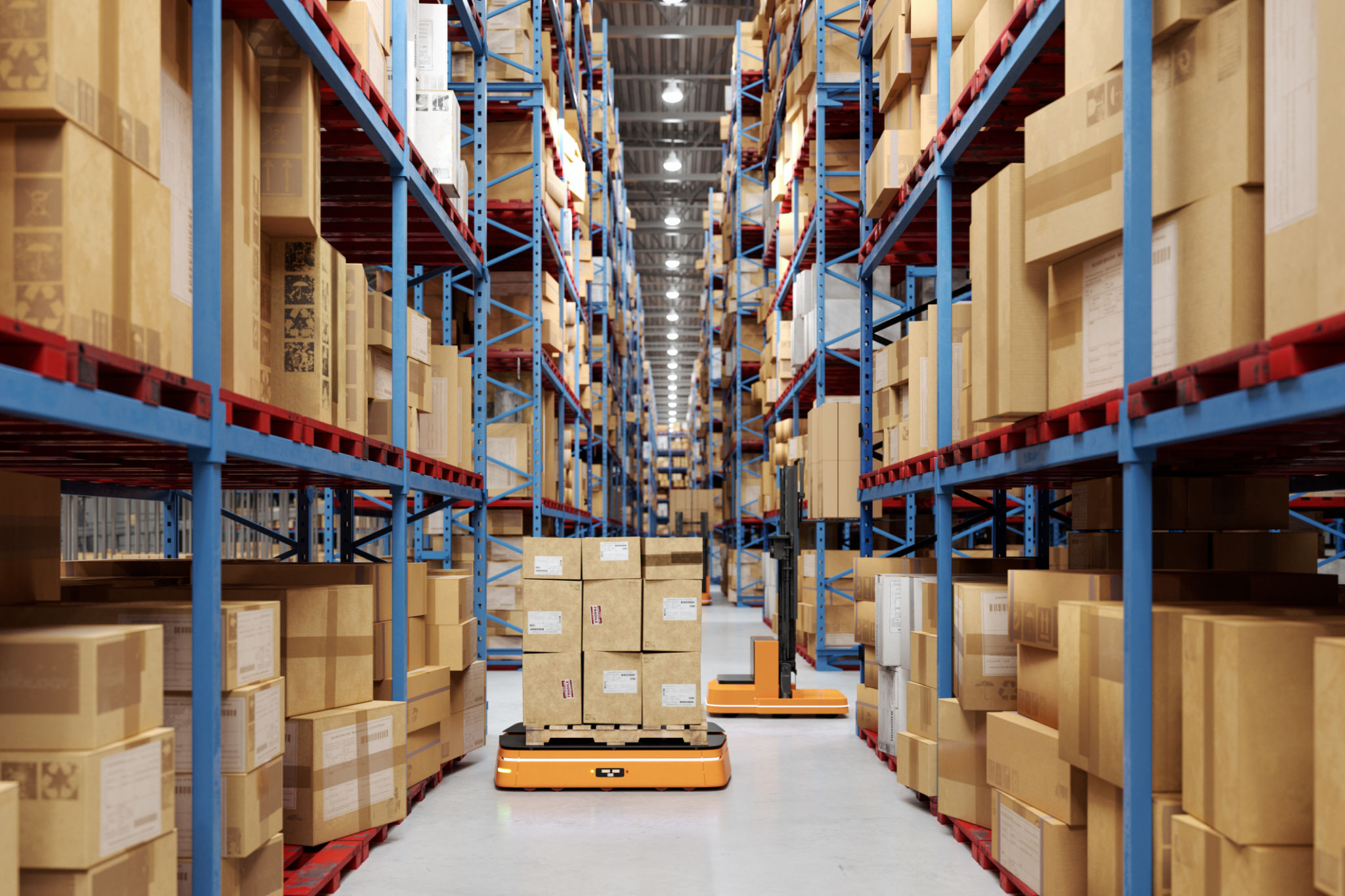Top Trends in Industrial Warehousing: Embracing the Future
In recent years, the landscape of industrial warehousing has undergone a significant transformation. As businesses strive to meet the demands of a rapidly evolving market, they are turning to innovative solutions to optimize their operations. Here, we explore the top trends shaping the future of industrial warehousing.
Automation and Robotics
Automation is no longer just a luxury; it's a necessity. Warehouses are increasingly adopting automated systems to enhance efficiency and accuracy. From robotic picking systems to automated guided vehicles (AGVs), these technologies reduce human error and speed up processes.
The integration of robotics in warehousing operations allows for seamless handling of repetitive tasks. This transformation not only improves productivity but also reduces labor costs, making it a critical investment for businesses looking to stay competitive.

Smart Warehousing with IoT
The Internet of Things (IoT) is revolutionizing the way warehouses operate. By connecting devices and systems, IoT enables real-time monitoring and management of inventory and equipment. Sensors and smart devices provide valuable insights into warehouse operations, facilitating proactive decision-making.
With IoT, warehouses can achieve greater visibility and control, leading to improved efficiency and reduced operational costs. This technology is vital for ensuring that warehouses can adapt quickly to changing demands and maintain a smooth supply chain.

Sustainable Practices
As environmental concerns grow, sustainability has become a key focus in industrial warehousing. Companies are implementing eco-friendly practices, such as energy-efficient lighting, solar panels, and sustainable packaging, to reduce their carbon footprint.
Adopting sustainable practices not only benefits the environment but also enhances brand reputation. Consumers are increasingly favoring companies that demonstrate a commitment to sustainability, making it a strategic advantage.
Data-Driven Decision Making
Data analytics is playing a pivotal role in shaping the future of warehousing. By leveraging big data, warehouses can optimize inventory levels, forecast demand, and manage resources more effectively. Advanced analytics tools provide actionable insights that drive strategic decisions.
Data-driven decision-making allows warehouses to anticipate market trends and respond proactively, ensuring that they remain agile and competitive in a dynamic environment.

Enhanced Safety Measures
Safety remains a top priority in industrial warehousing. With the advent of new technologies, warehouses can implement advanced safety measures to protect their workforce. Wearable technology, such as smart helmets and vests, monitors workers' health and safety in real-time.
Additionally, automated systems reduce the risk of accidents by minimizing human intervention in hazardous tasks. Emphasizing safety not only safeguards employees but also enhances operational efficiency and reduces liability risks.
In conclusion, the future of industrial warehousing is being shaped by technological advancements and an increasing focus on sustainability and safety. By embracing these trends, businesses can optimize their operations, reduce costs, and stay ahead in a competitive market.